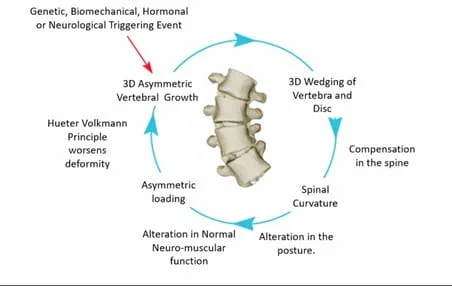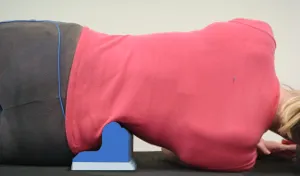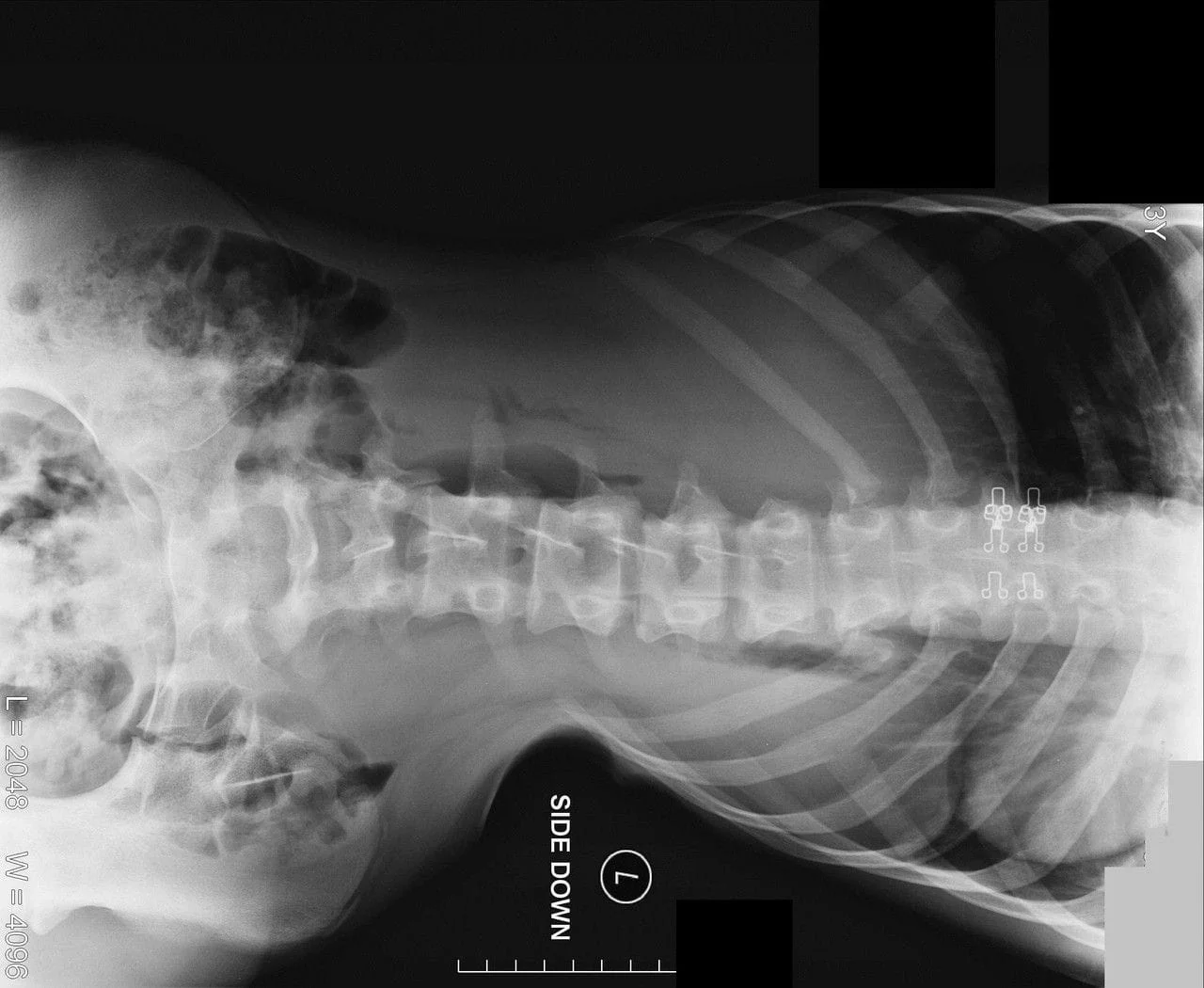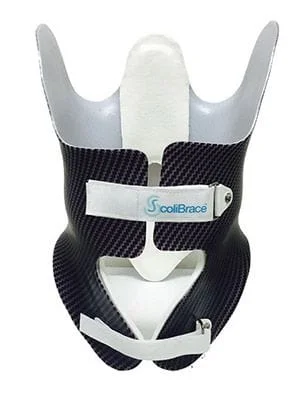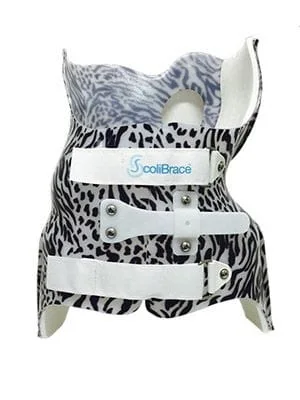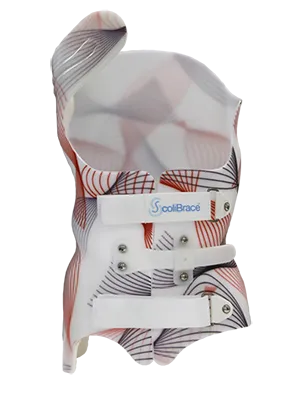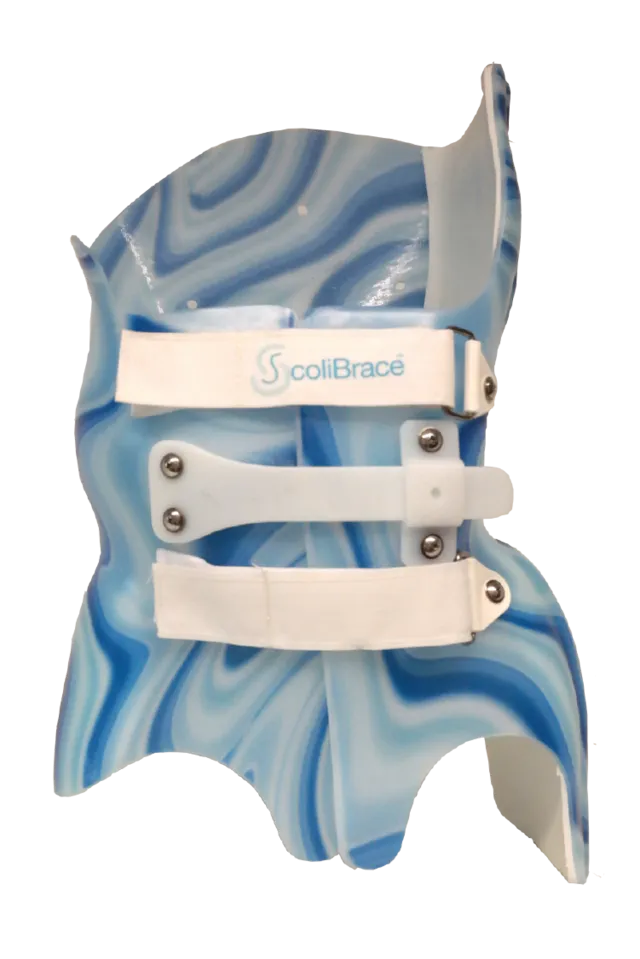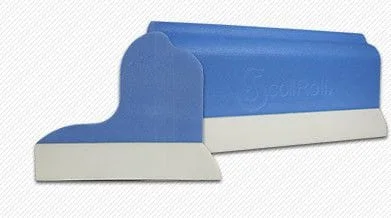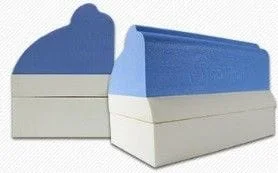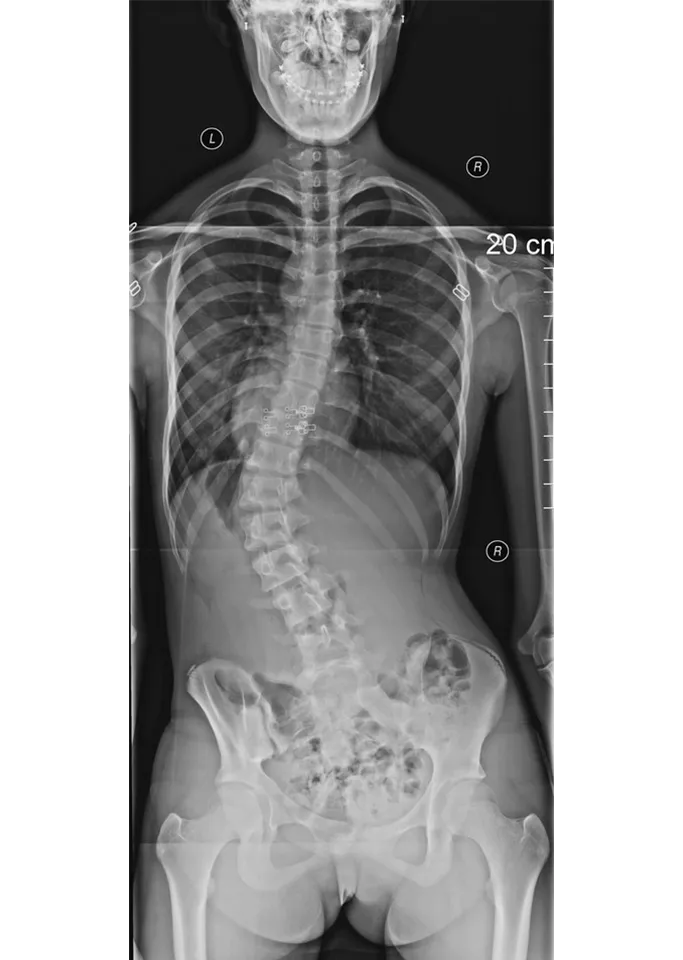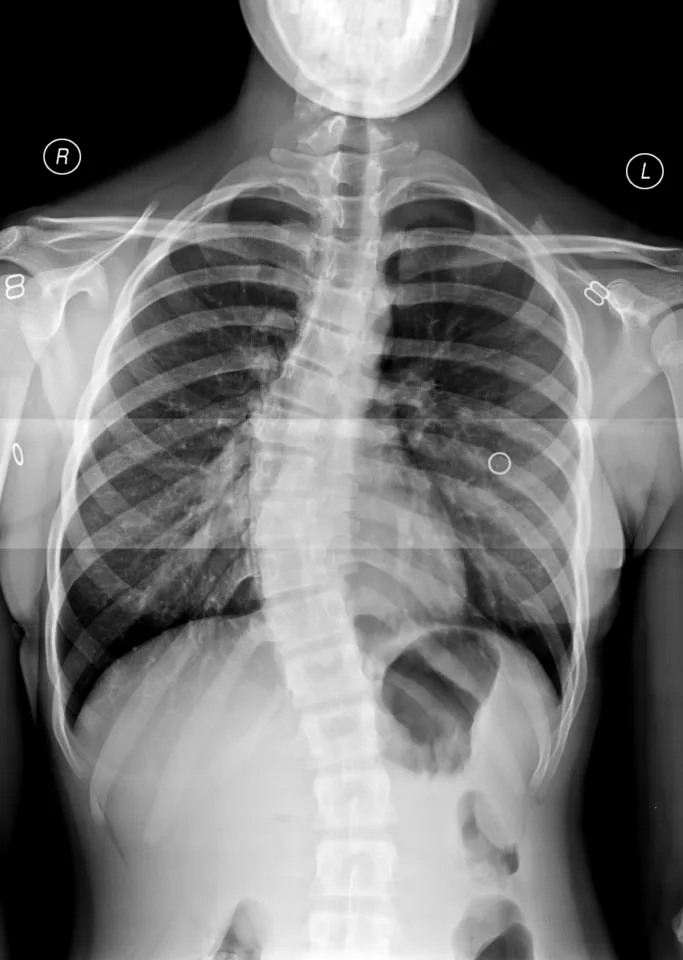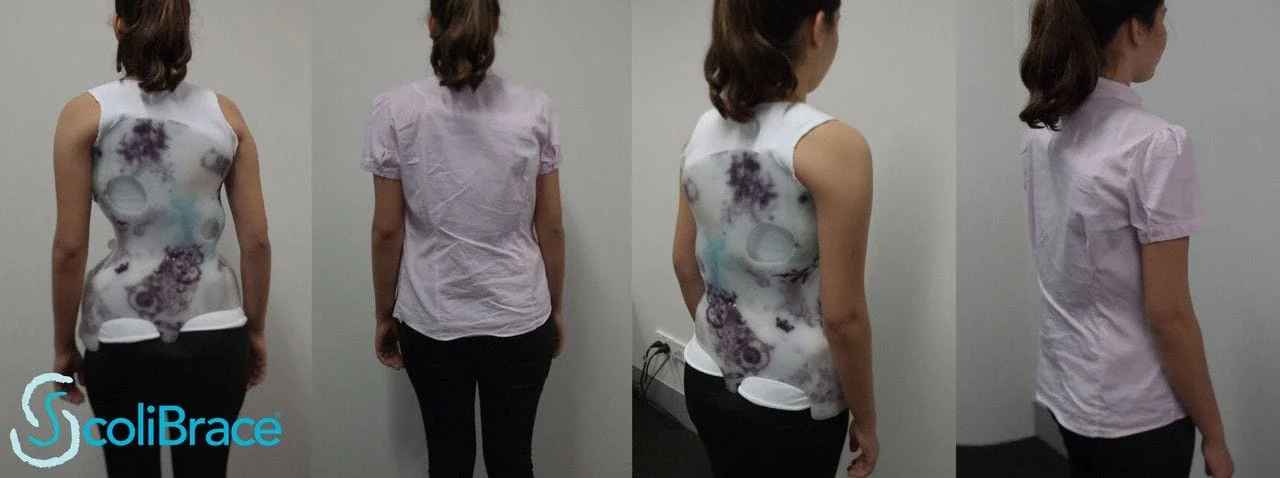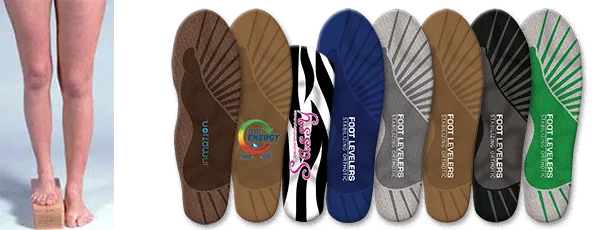Community Chiropractic ensures our patients have a solid understanding of their condition and options for their specialized course of care.
How Do You Treat Scoliosis?
Dr Wood has cared for scoliosis through out his career with Chiropractic biophysics mirror image philosophy. He braces curves with the Scolibrace and incorporates scoliosis specific exercises receiving training in SEAS, Scientific exercise approach to Scoliosis. He completed the Scoliosis masters course through ISICO, Italian Scientific Spine Institute and continues his scoliosis education with SOSORT, The International Society on Scoliosis Orthopedic and Rehabilitation Treatment and SRS, Scoliosis Research Society.
Gravity is with us every day, and the main driving force in scoliosis. Gravity pulls and continually worsens the curve during growth spurts and, unfortunately, over a lifetime (especially for curves over 30 degrees). Gravity pulls on the “long side” of the scoliosis which adds strain to the already long ligaments cartilage and disc. It causes the ligaments and soft tissue to get longer and weaker, making the scoliosis curve worse and a more permanent condition.
Gravity always wins...unless there is a specific plan in place to neutralize it. Traditionally, scoliosis has been treated with compressive cast bracing, or surgery.
Today there is a more proactive approach than the previous “wait and see” methods. It is important to treat scoliosis curves BEFORE they progress rather than AFTER. Today treatments address scoliosis early on; there are non-invasive treatments that reduce the curves. They use scoliosis specific exercises consisting of spinal corrective postures in conjunction with activating the autonomic control of the spines alignment. Patients are treated with a customized neuromuscular re-education exercise program.
A Scoliroll, spinal orthotic (see pictured below) is placed to support the curve, remodeling the ligaments, tendons and re-educating the muscles. Early-intervention is essential to correct and re-establish smaller more stable curves.
ScoliBrace™…3D DESIGN FOR A 3D CONDITION
At times Bracing is recommended. The ScoliBrace is effective in reducing the curves, improving the appearance of the body and in many cases eliminates the need for surgery. ScoliBrace is designed to be almost invisible under clothing.
Fit and Design Matter
This advanced brace is a hypercorrective bracing method. With cases of rapidly progressive curves and those that are not responsive to an exercise based approach on its own, the ScoliBrace is a powerful tool. By positioning the body and spine in their unique over-corrected or mirror image position, the ScoliBrace can have a super-corrective effect. Curve reductions as well as improvements to the individuals appearance are achieved in the majority of cases. Braces are modified as the individual grows and the spine changes responding to therapeutic procedures.
This advanced design can be used in infantile, juvenile, adolescent and adult scoliosis patients. Each design follows the corrective mirror image principle applied to the unique scoliosis presentation of each patient.
In 2013, the New England Journal of Medicine published a multi-center study to determine whether wearing scoliosis braces would prevent the need for spinal correction surgery in children with adolescent idiopathic scoliosis. The study was cut short when early results were overwhelmingly in favor of bracing. This study demonstrated when advanced scoliosis bracing is prescribed the need for surgery can be prevented in most cases.
Patient Friendly
The ScoliBrace opens and closes in the front making it easy to wear and remove without assistance. There are a variety of colors and patterns available for patients to personalize the look of their brace. A large variety of designs and modifications are utilized depending on each individuals specific needs.
What is Scoliosis?
Scoliosis is a curve in the spine greater than 10 degrees (see pictured below). There are several types of scoliosis based on the cause and age at which the curve develops. In most cases, the cause of scoliosis is unknown (idiopathic).
How is Scoliosis Diagnosed?
A physical examination will indicate that the curve of the spine is more obvious when the individual bends forward (Adam’s Forward Bend Test). Often the spine curves to the right in the upper back and to the left in the lower back, causing the right shoulder to be higher than the left. One hip may also be more prominent (higher) than the other. X-rays taken while the individual is standing will confirm the extent and type of scoliosis.
Common alignments in a scoliosis include a bend and twist in the spine. A bend is evident when viewing the spine from the front or back, called the coronal plane. A twist in the spine is when the vertebra is twisted like a rope out of the normal straight-on alignment. The twist and bend almost always occur together in scoliosis.
Neuromuscular Scoliosis
In this type of scoliosis, either the bones of the spine fail to form completely or they fail to separate from each other during fetal development. This includes muscular dystrophy, cerebral palsy , or Marfan Syndrome (an inherited connective tissue disease). People with these conditions often develop a long C-shaped curve and have weak muscles that are unable to hold them up straight. If the curve is present at birth, it is congenital. This type of scoliosis is often much more severe and needs more aggressive treatment than other forms of scoliosis.
Functional Scoliosis
With this scoliosis, a curve develops because of a problem somewhere else in the body. For example, this might be caused by one leg being shorter than the other. Other potential causes include spinal tumors. This causes individuals to lean opposite the direction to reduce the amount of pressure applied to the tumor.
Infantile Scoliosis
Infants less than 3 years old who have scoliosis are classified with infantile scoliosis. In the past, a series of rigid plaster casts were created to correct infantile scoliosis. The child would be casted every 6 months or so as they grew. A ScoliBrace™, a fully padded plastic brace, has been developed specifically for infants. The infantile ScoliBrace™ can be removed to allow the child out of the brace during washing and playtime.
Juvenile Idiopathic Scoliosis (JIS)
Juvenile scoliosis (3-9 years old) can have progressive curves. In most juvenile cases the ScoliBrace can reduce the curve. Depending on maturity level Scoliosis specific exercises and a Scoliroll may be incorporated.
Adolescent Idiopathic Scoliosis (AIS)
Adolescent Idiopathic Scoliosis (AIS) is sometimes referred to as “teenage scoliosis”. The ScoliBrace is designed to be applied while the spine is still growing during adolescence (10-18 years old). ScoliBrace moves the patient into a super-corrected position to retrain the curve as the child grows. If applied before or during the growth period, a good correction can be made and maintained. The adolescent is ALWAYS provided with a custom designed home exercise program and Scolirolls.
Adult Scoliosis
Adult Scoliosis or De-Novo (Adult Degenerative) is currently the largest growing population of scoliosis. It can originate from changes in the spine due to arthritis known as spondylosis or from a pre-existing adolescent scoliosis because the curve has increased .5 degrees to 3 degrees per year. It is caused by weakening of the ligaments and other soft tissues of the spine combined with bone spurs which can lead to an abnormal curvature of the spine. The spine can also be affected by osteoporosis , vertebral compression fractures and disc degeneration. After the spine reaches skeletal maturity, a different bracing strategy can be used to stabilize the curve and reduce or eliminate pain and improve posture and appearance. Depending on the type of scoliosis, ScoliBrace™ can be used to help pain, hold the curve or improve the appearance of the body. A low profile ScoliBrace™ that targets the lumbar spine can be used to make the adult ScoliBrace nearly invisible under clothing. Adult scoliosis patients wear the brace for 4-8 hours per day to get significant pain relief and postural improvement when used with a custom designed home exercise program.
Can Custom Foot Orthotics Reverse Scoliosis?
Orthotics, foot orthoses, orthotic devices or biomechanical orthotic devices change the pressure on the weight-bearing surface of the foot altering motion. They allow for normal motion and limit abnormal motion. They can correct problems such as: excessive pronation, low arches, high arches and painful feet. They are also prescribed following some foot surgeries to help maintain the correction achieved with surgery. By altering the heel height, custom orthotics can also be used to correct or reduce a short leg or what is known as a leg length inequality. This may be a contributing factor in a scoliosis.
Start now to improve your appearance and quality of life !
Call 570-992-1011 and get checked!

